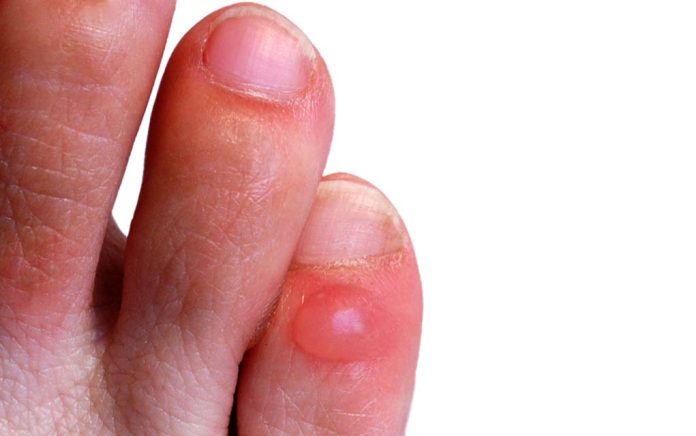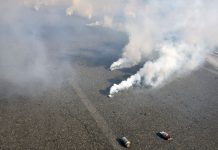(SurvivalDaily.com) – Walking and hiking are great recreational activities. In a survival situation, however, there may be more time on your feet than normal. Unfortunately, human feet are prone to blisters after walking for extended periods of time, so you need to know how to prevent them — and treat them if they do occur.
The key to preventing blisters from occurring is to know the signs that one is forming. You need to have a plan ready to put into action should you begin to feel a blister forming. A hot spot is the first sign that a blister is on its way; these “pre-blisters” feel warm and may appear slightly reddish. Hot spots occur when the skin is stretching too much and continues to do so with every step.
If you feel a hot spot, you should stop as soon as you can. Take your shoe off and apply something to the affected area, such as a piece of tape or an ENGO blister patch. Avoid getting any of the sticky areas of the tape onto the blister as it may rip it off later. If possible, do what you can to relieve the pressure/friction on the blister — padding, lubricant, or even dry socks.
Address any issues that could add to the irritation. Remove any grit from your feet, shoes and socks; accomplish this by wiping your feet, shaking your shoes out and turning your socks inside out to shake them as well. Once you’ve done this, return your socks to the proper state, put them and your shoes back on; you’ll be back on your feet in no time, literally.
Now that you know to pack a blister kit on your next adventure, be sure to check out three pre-trip “must do’s” before going out.
Copyright 2021, SurvivalDaily.com

















